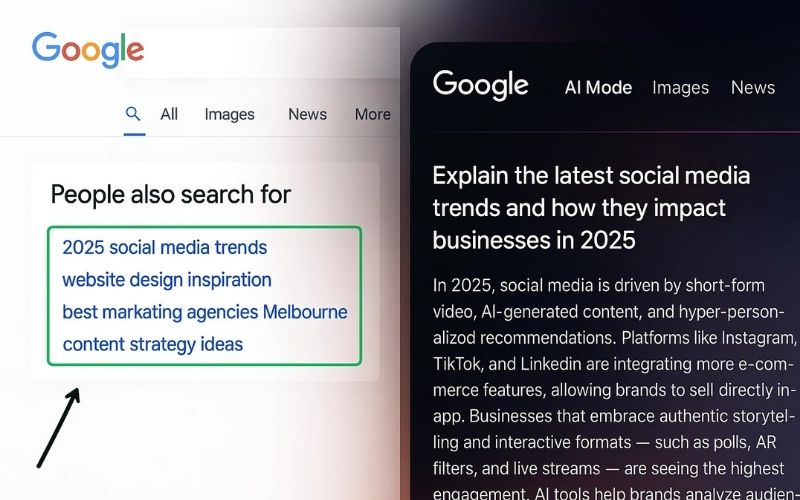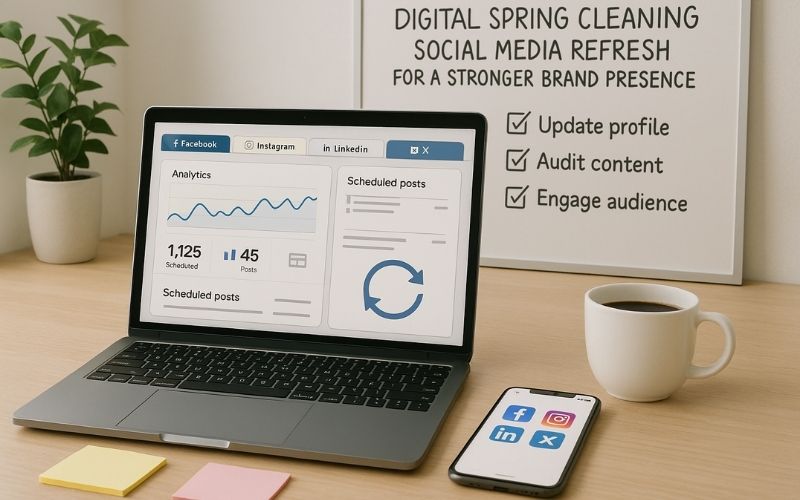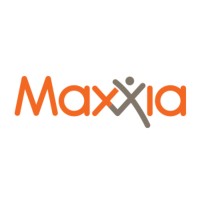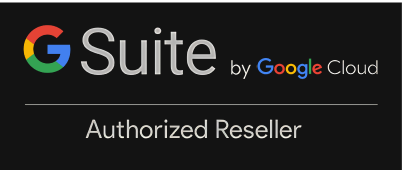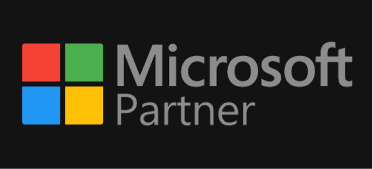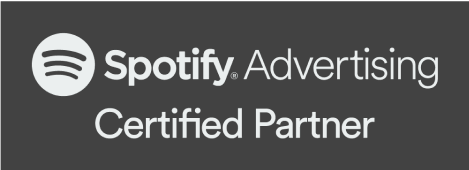
Best Practices for Website Accessibility
Have you ever wondered how many potential users might be missing out on your website simply because it’s not accessible to everyone? In a world where digital interactions are the norm, website accessibility is not just a convenience. It's an absolute necessity.
Imagine trying to access information or services online where you can't see, hear, or interact with the content in the same way as others. How frustrating would it be to encounter barriers that prevent you from engaging with the content you need?
In Australia, 20% of Australians experience some form of disability, which accounts for 5.5 million Aussies. This huge number emphasises the importance of making your website accessible to ensure that you are reaching and serving this diverse audience effectively.
The journey to a more accessible website starts with these fundamental steps. To help you achieve this, let’s explore the essential facts about website accessibility and the best practices to implement for creating an inclusive online experience.
What’s Inside:
- Understanding Website Accessibility
- National Disability Insurance Scheme (NDIS)
- Legal Aspects of Website Accessibility
- Benefits of Website Accessibility for NDIS Participants
- Best Practices for Website Accessibility
- Make Your Website Accessible for All!
Understanding Website Accessibility
Website accessibility refers to the design and development of websites to ensure that they are usable by people with disabilities. This includes individuals with visual, auditory, motor, cognitive, or other impairments.
By incorporating accessibility guidelines and best practices, websites can be made more inclusive and accessible to a wider audience. This can lead to improved user experience, increased engagement, and enhanced brand reputation.
National Disability Insurance Scheme (NDIS)
The National Disability Insurance Scheme (NDIS) is a government-funded program in Australia that provides support to people with disabilities. It aims to help people with disabilities live more independent and fulfilling lives by providing funding for services and supports that meet their individual needs.
Why does NDIS matter?
NDIS reduces long-term care costs for families and the government and creates job opportunities in the disability services sector. Moreover, it promotes inclusivity, ensuring that people with disabilities have equal opportunities to contribute to and benefit from society.
Understanding the legal aspects of website accessibility is essential to avoid potential danger and ensure compliance with anti-discrimination laws. The following are legal aspects that will help to protect your organisation from legal challenges while promoting a more inclusive online presence;
Web Content Accessibility Guidelines (WCAG 2.0)
The Web Content Accessibility Guidelines (WCAG) are a set of international standards developed by the Web Accessibility Initiative (WAI) to ensure that websites are accessible to people with disabilities.
WCAG 2.2 is the latest version of the Web Content Accessibility Guidelines, a comprehensive set of guidelines designed to make web content accessible to people with disabilities. It includes criteria for addressing cognitive and learning disabilities, mobile accessibility, low vision concerns, and other accessibility challenges.
Australia and web accessibility: The Disability Discrimination Act (DDA)
In Australia, the Disability Discrimination Act (DDA) mandates that businesses and organisations ensure their websites are accessible to people with disabilities. DDA prohibits discrimination based on disability and extends this protection to online environments. Australian businesses must align their websites with accessibility standards to comply with the DDA and avoid potential legal issues.
Potential Legal Ramifications for Non-compliance
Failure to comply with accessibility standards, such as WCAG and the DDA, can have significant legal consequences. Inaccessible websites can be challenged under anti-discrimination laws, leading to costly legal battles and reputational damage.
Beyond financial and legal risks, failing to comply with accessibility standards can erode customer trust and loyalty, as the company may be seen as neglecting social responsibility and inclusivity.
Accessible websites empower individuals with disabilities to live more fulfilling, better to break down the barriers for them, and provide equal access to information and services. The following are the top benefits of an accessible website for NDIS participants;
Empowerment and Independence
Accessible websites enable NDIS participants to navigate online services independently, helping them manage their NDIS plans and access critical information without needing extra help.
Contribution to an Inclusive Society
Accessible websites reduce barriers to social engagement. It allows participants to connect with their communities, access educational resources, and explore employment opportunities. Businesses and organisations that prioritise accessibility help create a more inclusive society where individuals of all abilities can fully participate and thrive.
Increased Employment Opportunities
Accessible websites create employment opportunities for people with disabilities. Job platforms, online courses, and professional resources that meet accessibility standards help NDIS participants pursue work and education more easily.
Better Communication
Websites with accessible communication features allow NDIS participants with hearing or visual impairments to understand and engage with content. This ensures that they can communicate more effectively with service providers and the wider community.
Best Practices for Website Accessibility

Implementing best practices for website accessibility is essential for creating inclusive digital environments that accommodate all users, regardless of their abilities. You must adhere to these practices to ensure that your website is usable and accessible.
Here are some of the best practices to keep in mind;
Follow WCAG 2.0
Adhere to the latest version of the Web Content Accessibility Guidelines to ensure your website meets international standards. Focus on Perceivable, Operable, Understandable, and Robust (POUR). These principles form the foundation of WCAG and guide your design and development efforts.
Prioritise Colour Contrast
Ensure that text and background colours have enough contrast to be easily readable for people with visual impairments. Do not rely solely on colour to convey information, as it may be difficult for colour-blind individuals to understand.
Provide Alternative Text for Images
Provide descriptive alt text for all images on your website so that screen readers can convey the content to visually impaired users. This practice ensures that all users can understand the context and purpose of the images.
Ensure Keyboard Accessibility
Make sure all interactive elements, such as buttons, links, and form fields, can be accessed using the tab key. This is important for users with motor disabilities who cannot use a mouse.
Provide Captions for Multimedia
Add captions for videos and transcripts for audio content to make multimedia accessible to users with hearing impairments. This also benefits users who prefer to consume content in different formats.
Maintain Clear and Consistent Navigation
Create a clear and consistent navigation structure to help users easily find and access information on your website. Consistent placement of menus, links, and buttons enhances the user experience, especially for those with cognitive disabilities.
Keep Content Simple and Understandable
Use plain language and avoid jargon to ensure a wide audience understands your content easily. This is especially important for users with cognitive disabilities or those who may not be fluent in the website's primary language.
Test with Assistive Technologies
Regularly test your website for the website accessibility test using assistive technologies, such as screen readers and voice recognition software, to identify and fix accessibility issues. This helps ensure that your website is usable by all individuals, regardless of their abilities.
Make Your Website Accessible for All
By following these best practices for website accessibility, you can create a more inclusive and user-friendly experience for your audience, including the NDIS sector. This not only enhances your site's usability but also strengthens your brand's reputation as socially responsible and customer-focused.
Don’t let accessibility barriers stand in the way of reaching a broader audience, implement best practices for website accessibility and make a difference! Your commitment to inclusivity will not only attract more visitors but also foster greater loyalty among your users.
Contact us today! Let’s create a welcoming online experience for all users.


